Though, faced with freedom, Condor 1139 and his fellow juveniles take their sweet time to step across the threshold. “We’re on condor time,” says a program manager.
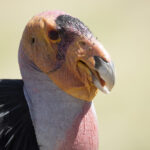
Sign up for our free weekly newsletter and understand everything better!

Though, faced with freedom, Condor 1139 and his fellow juveniles take their sweet time to step across the threshold. “We’re on condor time,” says a program manager.
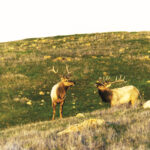
The 1,800-acre Máyyan ‘Ooyákma–Coyote Ridge Open Space Preserve is home to 13 endangered or threatened species. Volunteers played a major role in making it accessible to the public.
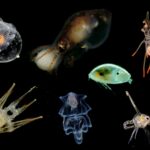
Imagine if your offspring were unrecognizable as the same species, and lived in a completely different habitat. This is the case for most tidepool creatures: barnacles, sea stars, urchins and more lead secret early lives as zooplankton, microscopic animals drifting out in the open ocean.
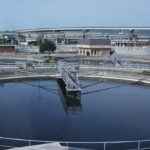
Researchers and water agencies are searching for ways to lower the risk of another worst-case bloom by reducing the amount of nutrients in the Bay.
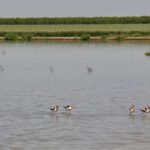
Groundwater recharge is a useful way to put surface water back underground, but experts say it is a limited solution.
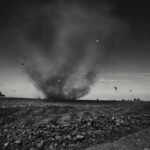
As SGMA deadlines loom, groundwater sustainability agencies, environmental organizations, and farmers in the San Joaquin Valley are scrambling to prepare for a drier future by experimenting with ways to repurpose fallow farmland.
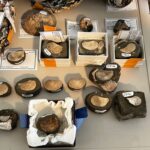
Ancient clams offer a uniquely detailed fossil record. As they build their shells, layer by layer, they preserve clues to the climate they once lived in.
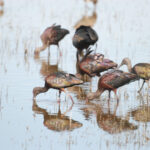
The resurrected Tulare Lake and thousands of acres of nearby flooded farmland are providing a temporary respite for the millions of migratory birds that pass through California along the Pacific Flyway every year.
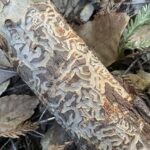
While walking in the woods, you’ve likely encountered a dead log engraved with maze-like squiggles. These natural carvings are known as beetle galleries, and the grooves are munched out by the larvae of bark beetles in the subfamily Scolytinae.
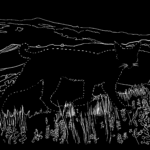
Bits of DNA linger on the forest floor, in the ocean, and even in the air—and these strands have stories to tell, back at the lab. Here’s how environmental DNA (aka ‘eDNA’) is starting to transform how ecologists work in the Bay Area and beyond.